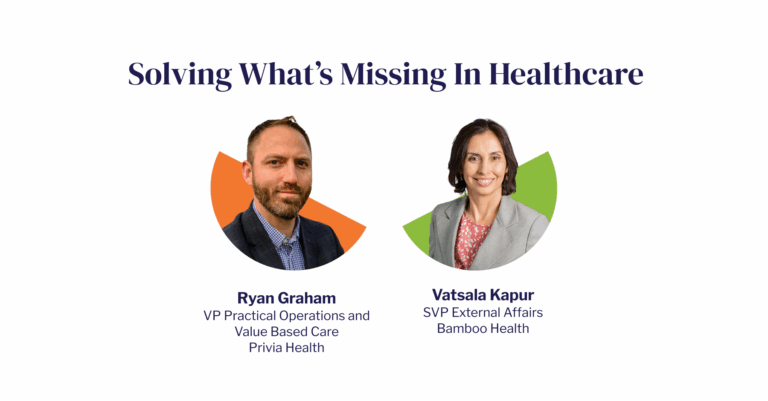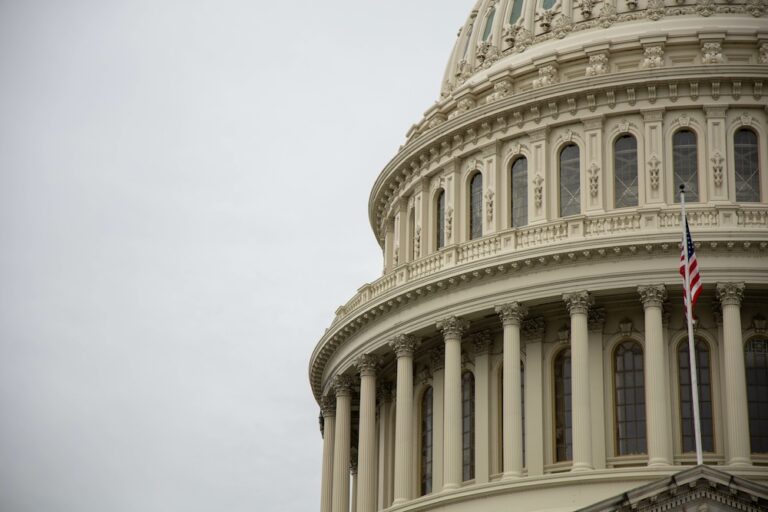Younger Americans now view mental health as the most pressing public health threat, outranking access to firearms, cancer and COVID-19, according to an Axios-Ipsos poll. Interestingly, this poll reveals that Americans now believe mental health is rising to the same level of need and concern as physical health. When you also consider that 1 in 5 U.S. adults experience mental illness each year, half of which go without treatment (28 million people, according to NAMI), it’s easy to visualize how prevalent and dire this crisis is and why greater awareness and action are needed.
State governments and healthcare entities such as providers and health plans must recognize the need for greater coordination between our healthcare system’s physical and mental health segments. We must coordinate to adequately address the systemic barriers to access that have continued unabated for too long.
The fact remains that mental health issues are physical health issues. The health of our bodies and minds are inextricably linked. In the Axios-Ipsos poll about top health threats, all of the listed concerns have a mental health corollary or co-occurring consequence. For example, people who struggle with obesity, cancer and substance use disorder may also have mental health concerns. In the same way, mental health concerns often have physical impacts, as many people may struggle to tend to ongoing physical health needs when coping with mental health challenges.
When state governments and organizations invest in addressing mental health crises on par with physical health struggles, only then can mental healthcare be addressed at a more sustainable scale. Due to outdated funding models and disparate state-by-state priorities on supporting mental and physical healthcare, integration remains a challenge. The result is a disjointed approach to integrating mental and physical health and a lack of financial incentives to integrate the two at a state and national level. To change this, policy changes and incentive programs are required to integrate mental and physical health.
In addition to policy and monetary incentives as a long-term, sustainable solution to care integration, coordinating physical and mental health requires real-time data assistance and unified technology programs to avoid exacerbating existing issues of data siloes and provider burnout in the interim. With the Innovation in Behavioral Health Model taking effect this spring, which supports states in bridging the gap in behavioral and physical healthcare specifically for Medicare and Medicaid populations, many states may soon opt into the integrated care model without yet having a centralized platform to pull all care coordination data together. These technology solutions can offer one piece of the puzzle by providing smaller-scale care coordination updates with a significant impact on improving patient access and care while more time is needed for incentives to take effect.
Throughout Mental Health Awareness Month, we must confront the staggering reality of untreated mental illness in America. From updating funding models to implementing technology that provides real-time care insights, there are tangible steps we can take to bridge the gap between mental and physical healthcare. As we move forward, we can work together to prioritize the well-being of all individuals by ensuring that mental health receives the attention and resources it deserves. Only through collaboration and innovation can we truly address the crisis of untreated mental illness and create a healthier, more resilient society for generations to come.
For more information on alleviating healthcare data silos, contact us.



